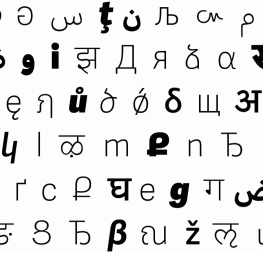Preflight: How to avoid ten common problems of press-ready PDF files
April 2020
Overprinting, wrong bleed and RGB images are among usual mistakes when sending files to print. Czech graphic designer and publisher Filip Blažek has put together a preflight cheat sheet to save you time, hassle, and of course money.





